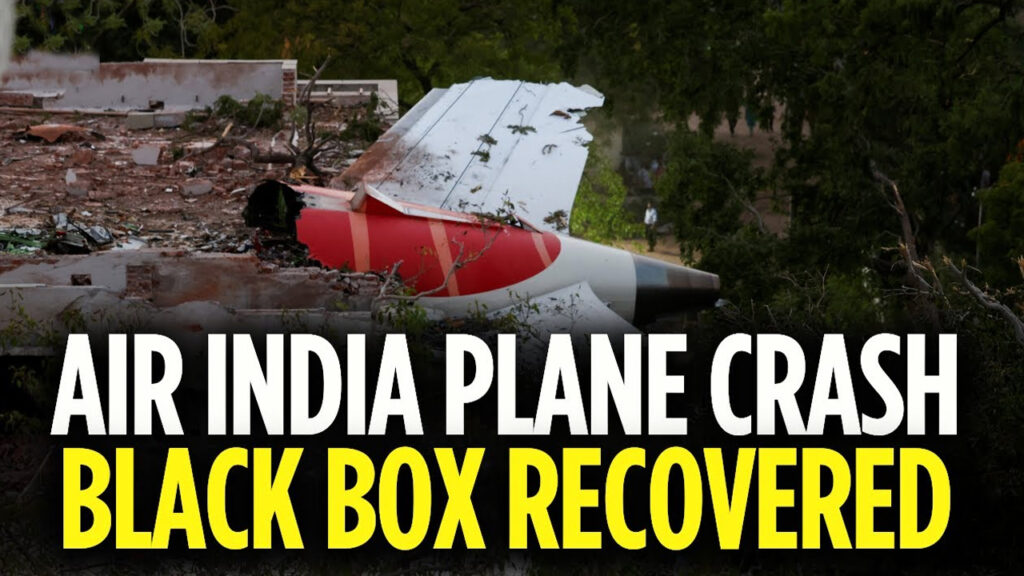
New Delhi, July 1 — The fatal crash of Air India’s Flight AI-171 has taken a concerning turn as investigators consider the possibility of sabotage alongside technical and human errors. The flight, which departed from Ahmedabad on June 12, ended in tragedy just minutes after takeoff, leaving 260 people dead, including 19 casualties on the ground.
This incident marks the first-ever fatal crash involving a Boeing 787-8 Dreamliner, intensifying global scrutiny over the aircraft’s safety and India’s aviation protocols
Officials Expand the Investigation’s Scope
The state’s minister of civil aviation, Murlidhar Mohol, declared that officials are not ruling out any reason, including intentional meddling. “Everything is being looked at, including technical issues and security risks. Several agencies are collaborating to identify the cause of the issue,” he stated at a Pune event.
In order to piece together the last moments before the disaster, investigators have begun examining CCTV footage, communication logs, and flight system data. Experts speculate that a power outage or mechanical problem may have happened soon after the plane took off.
Pilot’s Emergency Call Hints at In-Flight Trouble
The flight crew reportedly issued a Mayday distress call, signaling a critical emergency just after takeoff. Sources indicate that the aircraft might have suffered from low engine thrust, possible flap issues, or extended landing gear — all of which could have compromised lift and stability during ascent.
While sabotage remains one of the scenarios, investigators are also thoroughly examining the aircraft’s maintenance history and crew performance to understand the full sequence of events.
The process of extracting data from black boxes is ongoing.
The aircraft’s flight data recorder (FDR) and cockpit voice recorder (CVR) were recovered and dispatched to Delhi for a thorough analysis. On June 24, a team of Indian aviation officials and U.S. experts from the National Transportation Safety Board (NTSB) began analyzing the data. The memory unit was successfully accessed the next day.
This black box data must be used to reconstruct what transpired in the seconds before the disaster. It may include crucial clues about irregularities, pilot communications, or system failures.
Global Collaboration Under ICAO Protocols
India’s Aircraft Accident Investigation Bureau (AAIB) formed a specialized investigation panel immediately after the crash. The team includes aviation doctors, air traffic experts, and aircraft engineers — both domestic and international — as mandated by the International Civil Aviation Organization (ICAO).
Investigators are also analyzing weather conditions, audio logs, and technical system responses while continuing to rule out unlikely causes such as bird strikes.
Confirmed Casualties and Identification
On June 29, Gujarat health officials confirmed the final death toll at 260, comprising 241 people onboard and 19 who were on the ground. The bodies have all been identified and handed over to their families, offering some closure after days of intense search and recovery efforts.
Dhananjay Dwivedi, Gujarat’s Additional Chief Secretary of Health, stated that the recovery phase is complete and focus has now shifted fully to investigation and accountability.
What Lies Ahead
While data decoding is still in progress, a conclusive report may take several months. The outcome will not only influence future operations at Air India but may also prompt policy changes across India’s aviation sector and Dreamliner operations globally.
The families of the victims — and the world — await answers as the truth behind one of India’s worst aviation disasters slowly comes to light.
